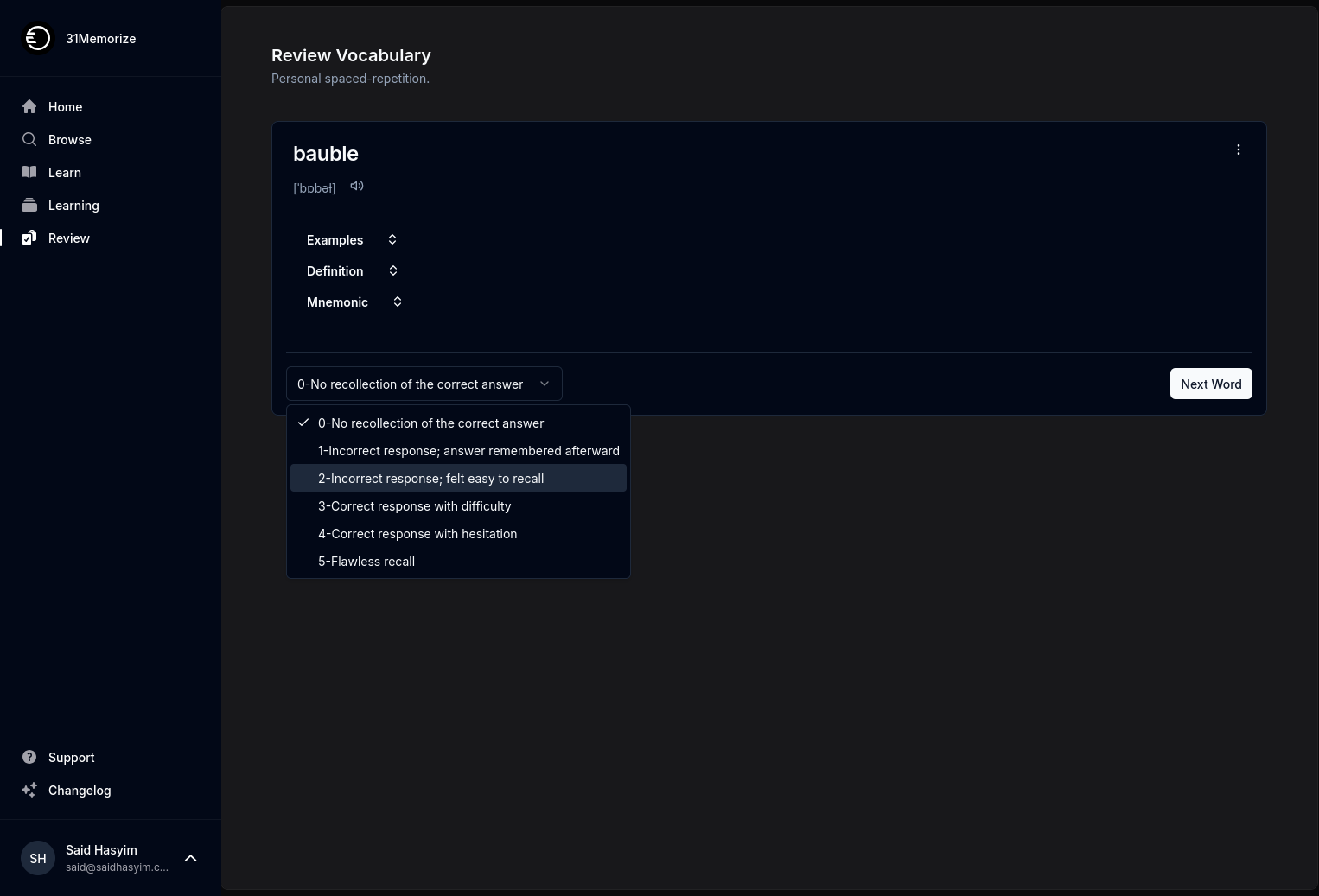Book Ratings: Your Key to Reader Insights
In the vast world of literature, with countless titles spanning various genres, the challenge of selecting the perfect book can often feel overwhelming. Whether you’re an avid reader or a casual bookworm, the potential of a book can sometimes seem like a mystery, and this is where book ratings come in. In this blog post, we’ll explore the significance of book ratings, how they can inform our reading choices, and why they are an invaluable tool for both readers and authors.
Understanding Book Ratings
Book ratings are numerical or descriptive evaluations usually based on the collective opinions of readers. They serve as a quick reference point that can indicate the popularity and perceived quality of a book. Ratings might range from simple star systems to more nuanced mechanisms involving detailed reviews and critiques. Various platforms implement different styles of book ratings—some use a 5-star system, while others may employ a 10-point scale or even a thumbs-up/thumbs-down approach.
Why Ratings Matter
Guiding Choices: With an endless array of options available in bookstores and online, book ratings shortcut the often tedious process of making reading choices. A book with a high rating indicates that many readers have found it enjoyable or meaningful. Conversely, a low rating may serve as a cautionary flag.
Reflecting Public Opinion: Book ratings act as a barometer for public sentiment about a title. They provide insight into reader reactions—what resonates, what inspires, and what disappoints. This feedback loop can offer valuable insights into trends and shifts in reader preferences.
Enhancing Discovery: Ratings can help readers discover new authors and genres. When you filter books by ratings, you may stumble upon hidden gems that you might not have otherwise considered based solely on their covers or synopses.
Supporting Author Growth: For authors, book ratings provide a feedback mechanism. They can assess how their work is received and where improvements may be necessary. Constructive criticism can be a guiding force for writers as they continue to hone their craft.
The Psychology Behind Ratings
Ratings are not just numbers; they reflect human emotions and experiences associated with a book. Research in psychology suggests that people tend to view ratings through various lenses:
Confirmation Bias: Readers may seek out books that have high ratings, reinforcing their expectation that they will enjoy those titles. A positive rating might heighten a reader's enthusiasm to pick up that book.
Social Proof: Many people rely on the ratings of others as a form of validation. A book with a robust rating from multiple sources often feels more trustworthy.
Fear of Missing Out (FOMO): When a book is highly rated, readers may experience a sense of urgency to read it to join the conversation, contributing to its popularity and the cycle of ratings.
The Role of Detailed Reviews
Ratings alone provide a snapshot but may lack the depth necessary for informed decisions. Detailed reviews add context to the numerical value. Here are some reasons why they enhance the rating system:
Personal Insights: Every reader has a unique perspective. Reviews allow others to learn about the nuances that influenced a reader’s score—such as character development, pacing, or emotional impact.
Constructive Criticism: Detailed reviews can highlight specific areas for improvement, offering authors a roadmap for future projects.
Complex Judgments: Not every book will resonate with every reader. Detailed reviews can provide layers of critique that help others assess whether the themes and styles align with their tastes.
Navigating Ratings: A Balanced Approach
While book ratings are a powerful tool, it’s important to approach them with a critical mindset. Not every rating reflects an objective truth, and factors like personal taste, mood, and context can significantly influence how a book is rated. Here are some tips for making the most of book ratings:
Read Between the Lines: When assessing a book’s rating, don’t just consider the number of stars or points it received. Explore the underlying reviews for trends and specific insights that may align with your preferences.
Seek Diverse Opinions: Consult multiple platforms to get a well-rounded perspective on a title. Different demographics and communities will have varying tastes, and a book that is beloved by one group might not resonate with another.
Trust Your Instincts: Book ratings can serve as helpful guideposts, but ultimately, trust your instincts. If a book’s premise speaks to you, it may be worth diving in regardless of its rating.
Be Open-Minded: Consider exploring books with mixed reviews. Sometimes, a 3-star book can offer a rich experience that stands out more than a generic 5-star read.
The Future of Book Ratings
In an era dominated by technology and social media, the landscape of book ratings is evolving. Platforms are beginning to allow for more comprehensive assessments, including content warnings, diverse reader feedback, and better categorization of genres. This trend helps cater to the increasingly diverse and nuanced expectations of readers.
Moreover, as readers become more aware of biases in ratings, there is a growing demand for curated bookshelves that highlight underrepresented voices and perspectives. This focus on inclusive representation as part of the rating system is a positive development that could reshape how we view literature.
Conclusion
Book ratings are more than just numbers; they are an essential part of the reading experience that can guide readers toward fulfilling literary adventures. By understanding how ratings function, we can better navigate the literary landscape. Whether you’re picking your next novel or seeking feedback as an author, embracing the power of book ratings can enrich your engagement with literature.
As readers, let’s appreciate ratings as a tool for insight while allowing room for our individual tastes and discoveries to shape our reading journeys. Happy reading!
